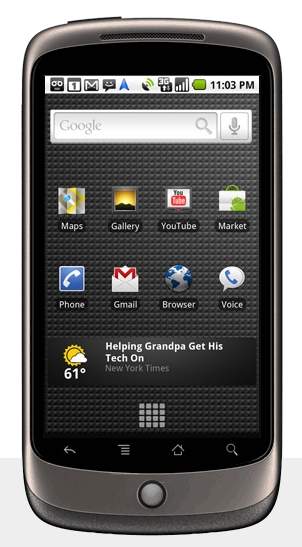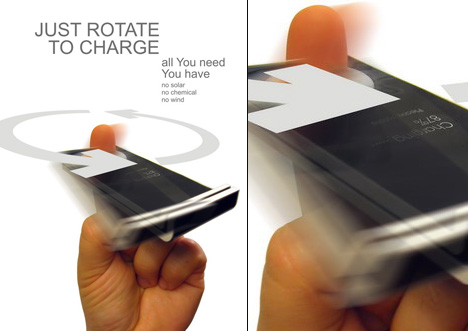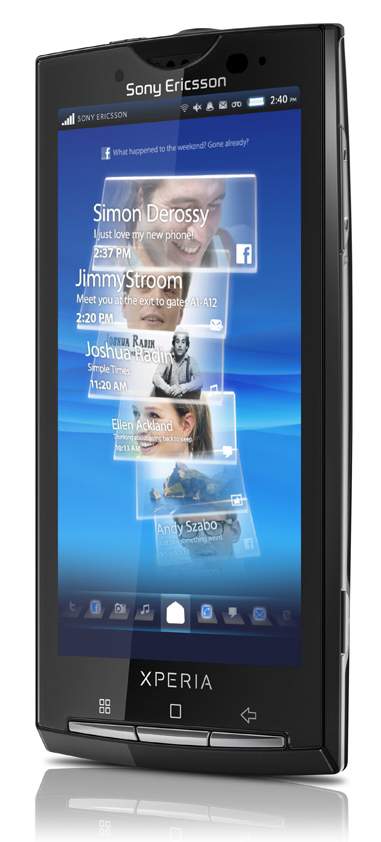
This week HP introduced three brand new WebOS-enabled devices: two smartphones and a tablet. After gobbling Palm last March, HP has worked very closely with WebOS engineer Job Rubinstein to create innovative new products powered by the mobile and ubiquitously-connected operating system. At HP’s “Think Beyond” event they formally introduced the tiny yet powerful Veer, the next generation Pre3, and the very first tablet to run WebOS, the TouchPad.
HP Veer: The Veer is an extremely small smartphone. At just 54.5mm x 84.0mm x 15.1mm and only 103 grams, it’s about the size of a credit card and slimmer than a deck of cards. Rubinstein described the Veer like this: “The power of a large phone in a compact size.” So let’s see what this tiny beast packs inside. It features a 2.57-inch (320×400) glass touch display, an 800MHz Snapdragon processor, 5 megapixel camera, full slide-out QWERTY keyboard, built-in GPS, WiFi 802.11b/g, and Bluetooth, 8GB of storage, accelerometer, proximity, and light sensors, Adobe Flash Player support, it can act as a mobile hotspot supporting up to 5 WiFi-capable devices, HSPA+, one USB port, and a 3.5mm headphone jack. The Veer will be available in early spring. (It’s being reported that the Veer is too slim to feature actual microUSB and headphone ports, so users will be forced to attach bundled adapters to access those ports.)
Continue reading HP introduces three new WebOS devices: Veer, Pre3, and TouchPad




































